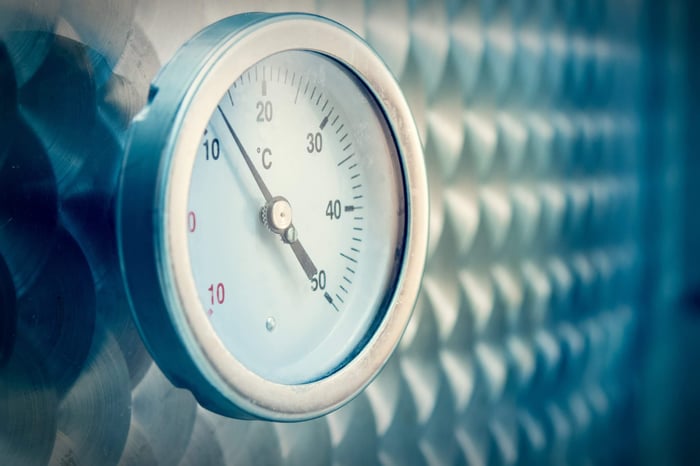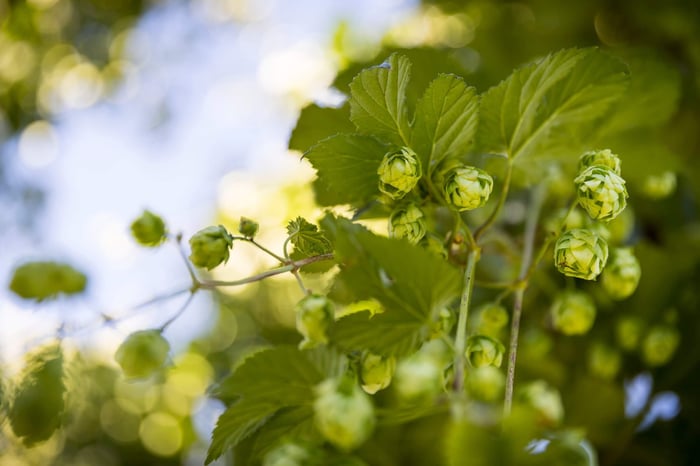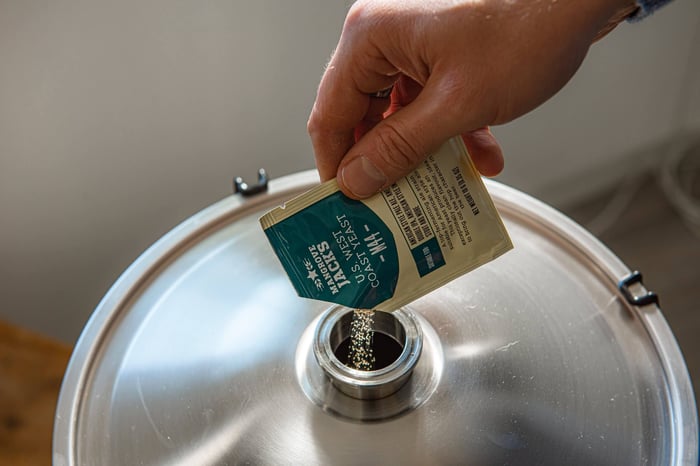You know that moment when you taste a homebrew that just hits differently? Nine times out of ten, the secret isn't some exotic hop or special grain bill – it's fermentation temperature control. Yet here's the thing: most of us treat temperature control like that fancy gadget we'll get "someday," after we've sorted out everything else in our brewing setup.
Here's the reality check – fermentation control might just be the single most impactful upgrade you can make to your brewing game. Think about it: your yeast are the real stars of the show, cranking out the majority of flavors in your finished beer. Give them the right environment, and they'll reward you with clean, consistent brews that taste like you intended.
Still on the fence? Let's dive into why temperature control deserves a spot at the top of your brewing wish list.
The Heat Problem: When Fermentation Gets Too Hot
Fusel Alcohols Will Ruin Your Day
Crank up the heat too much during fermentation, and your yeast start producing fusel alcohols – those harsh, solvent-like compounds that make your beer taste "hot" even at room temperature. The Germans called it "fusel" meaning "bad liquor," and trust us, they knew what they were talking about. These higher alcohols (anything with more than two carbon atoms) don't just taste terrible – many brewers swear they're hangover fuel too.
Ester Overload
Here's where things get interesting. Esters are those fruity, floral compounds that give many beer styles their character. A little Belgian yeast funk? Perfect. But crank the temperature up 27°F (15°C), and you could see ester production jump by 75%. Suddenly your clean lager tastes like fruit salad gone wrong.
The Cold Side: When Fermentation Stalls Out
Sluggish Yeast, Big Problems
Drop those temps too low, and your yeast basically hit the snooze button. Slow fermentation isn't just annoying – it's dangerous. That sweet, unfermented wort sitting around becomes a playground for unwanted bacteria and wild yeast. Plus, you'll miss out on all those desirable flavor compounds that come from healthy, active fermentation.
Heat Generation: The Hidden Enemy
Your fermentation creates its own heat – it's like a tiny furnace in your fermenter. Even if you pitch at the perfect temperature, that internal heat can push your fermentation into problem territory. Professional breweries spend serious money on glycol cooling systems for exactly this reason.
Cold Crashing: Your Secret Weapon for Crystal Clear Beer
Want beer that looks as good as it tastes? Cold crashing is your best friend. Drop your finished beer down to just above freezing (around 35°F/2°C), and watch the magic happen. Yeast cells clump together and settle out, proteins precipitate, and you're left with brilliantly clear beer that'd make any craft brewery jealous.
This process, called flocculation, also helps minimize chill haze – those annoying cloudy proteins that show up when your beer gets cold.
Nutrient Starvation and Yeast Stress
Push your fermentation too hot, and your yeast multiply so fast they burn through their food supply before finishing the job. The result? Stuck fermentation, residual sweetness, and a whole lot of frustration.
Stressed yeast cells also start dying off, leaving fewer workers to finish converting your sugars. It's like having half your construction crew call in sick on the biggest day of the project.
Style Accuracy: Getting What You Actually Want
Some beer styles live and breathe on those fruity esters and yeast character. Belgian ales, German wheat beers, English bitters – they need that yeast personality to shine. Ferment too cold, and you'll end up with technically sound but stylistically boring beer.
On the flip side, if you're shooting for a clean lager or crisp American pale ale, unwanted esters will throw your beer completely off target.
The CO2 Factor: Flavor Retention and Removal
Here's something most homebrewers don't think about: CO2 scrubs flavors as it escapes during fermentation. At warmer temperatures, more CO2 escapes, taking delicate hop aromatics with it. That's why many brewers drop their fermentation temperature slightly when dry hopping – they want to keep those precious hop oils in the beer, not in the airlock.
Conversely, if you've got some sulfur notes or other off-flavors early in fermentation, a gentle temperature bump can help scrub them out naturally.
Consistency: The Holy Grail of Homebrewing
Temperature control gives you the power to replicate your successes. Nothing's more frustrating than nailing a recipe once, then having it taste completely different the next time because your basement was 10 degrees warmer.
Year-Round Brewing Freedom
Forget seasonal restrictions. With proper temperature control, you can brew crisp lagers in July and robust stouts in February. Your brewing schedule becomes about what you want to drink, not what the weather allows.
Making It Happen
The good news? You don't need a commercial glycol system to get professional results. Grainfather temperature control solutions offer homebrewers the same precision control that commercial breweries rely on, just scaled for your setup.
Whether you're ready to take the plunge or still planning your next upgrade, remember this: great beer starts with great fermentation. And great fermentation starts with control.
Got questions about temperature control or want to share your fermentation war stories? Drop us a line – we love talking shop with fellow brewers.
Grainfather Team










